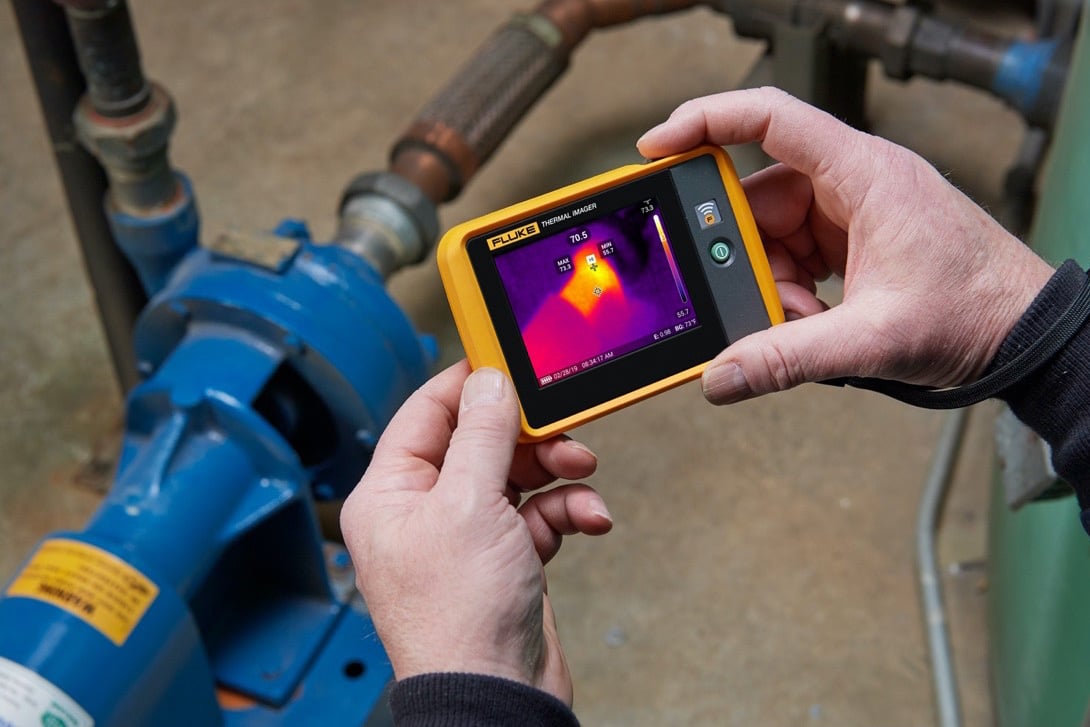The Relevance of Routine Water Leak Detection for Long-Term Home Defense
The Relevance of Routine Water Leak Detection for Long-Term Home Defense
Blog Article
Ingenious Solutions for Very Early Detection of Water Leakages in Structures and Facilities
As the stability of structures and facilities is paramount, the obstacle of very early detection of water leaks has actually spurred innovative solutions that promise to change the means we safeguard against prospective damages. From innovative leak detection technologies to the implementation of IoT sensors for real-time tracking, the landscape of leakage avoidance is progressing swiftly. Artificial intelligence formulas offer a peek into the future of leakage prediction, while thermal imaging presents a non-intrusive method for pinpointing concealed leakages. Automated water circulation evaluation systems are improving just how leakages are recognized and dealt with, leading the way for a positive approach to water leak discovery. Each of these remedies holds the essential to making certain the dependability and durability of our developed environment, triggering a change towards a much more sustainable and efficient future.
Advanced Leakage Discovery Technologies
Advanced leakage detection technologies, geared up with sophisticated sensors and algorithms, play an important role in promptly recognizing and determining water leakages in various setups. Electromagnetic sensing units can identify modifications in electromagnetic fields caused by water, offering yet one more layer of leakage discovery capability.

IoT Sensors for Real-Time Monitoring
In the world of modern water leak detection, the combination of IoT sensors for real-time monitoring stands for an essential development in improving positive leak detection capacities. These sensing units use continual monitoring of water systems, giving real-time information on water flow prices, stress variants, and temperature level changes. By leveraging IoT modern technology, these sensors can detect even the smallest abnormalities in water use patterns, making it possible for very early recognition of possible leakages prior to they intensify into major issues.
IoT sensing units transfer information to a central platform, where innovative formulas assess the info and produce notifies or notices when abnormalities are identified. This real-time monitoring capability enables homeowner or center supervisors to quickly address leakages, reducing water damage, lowering repair work prices, and saving water resources.
Additionally, IoT sensors can be integrated with structure monitoring systems, enabling computerized responses to discovered leakages, such as shutting down water valves or turning on pumps to reduce the influence of leakages. Overall, the execution of IoT sensing units for real-time surveillance substantially improves the efficiency and performance of water leakage detection in buildings and framework.
Maker Understanding Algorithms for Leakage Prediction

One secret benefit of utilizing artificial intelligence for leak prediction is its capability to continually discover and boost its accuracy with time. As more data is accumulated and fed into the formula, it can fine-tune its forecasts and adapt to changing problems, inevitably raising the dependability of leak detection systems.
Additionally, device learning algorithms can help in identifying refined signs of leaks that might go unnoticed by conventional tracking approaches. water leak detection. By evaluating intricate data collections in real-time, these algorithms can give very early cautions and signals, enabling punctual intervention and preventative maintenance to mitigate possible water damage and linked prices
Making Use Of Thermal Imaging for Leakage Discovery
Thermal imaging innovation uses an appealing technique for detecting water leaks in numerous systems and infrastructures. By using infrared radiation and temperature level differences, thermal imaging cams can determine hidden leaks that are not quickly visible to the nude eye. When water runs away from pipelines or frameworks, it often transforms the temperature of the bordering area, producing temperature differentials that thermal cameras can capture. These temperature abnormalities are then translated right into noticeable images, highlighting the exact place of the leakage.
One of the key benefits of thermal imaging for leakage discovery is its non-intrusive nature. In general, the use of thermal imaging technology boosts the efficiency and accuracy of water leakage detection, making it a blog beneficial device for keeping the honesty of buildings and frameworks.
Automated Water Circulation Evaluation Systems
Exactly how can automatic water flow analysis systems transform the discovery and administration of leakages in numerous systems and infrastructures? Automated water circulation analysis systems provide an aggressive approach to leakage detection by continuously keeping track of water circulation prices and patterns. By establishing standard information, these systems can rapidly recognize discrepancies that may indicate a leakage, enabling prompt treatment to avoid comprehensive damage.
These systems use innovative algorithms to evaluate real-time information and offer prompt informs when anomalies are detected, enabling quick activity to be taken. Furthermore, computerized water circulation evaluation systems can be integrated with building management systems or IoT systems, enhancing overall performance and enabling remote surveillance capacities.
Moreover, the information gathered by these systems can be used for anticipating upkeep purposes, aiding to determine prospective weak points in the facilities prior to leakages occur. On the whole, the implementation of automatic water circulation evaluation systems can substantially enhance leakage detection and administration practices, ultimately bring about set you back savings, reduced water wastage, and boosted sustainability in structures and framework.

Final Thought
Finally, the combination of innovative leakage discovery innovations, IoT sensing units, artificial intelligence algorithms, thermal imaging, and automated water circulation analysis systems provides cutting-edge services for early detection of water leakages in buildings and facilities. These modern technologies allow real-time monitoring, forecast of leaks, and efficient discovery techniques to protect against water read damage and waste. Carrying out these remedies can aid in preserving the integrity and sustainability of water supply in different setups.
Report this page